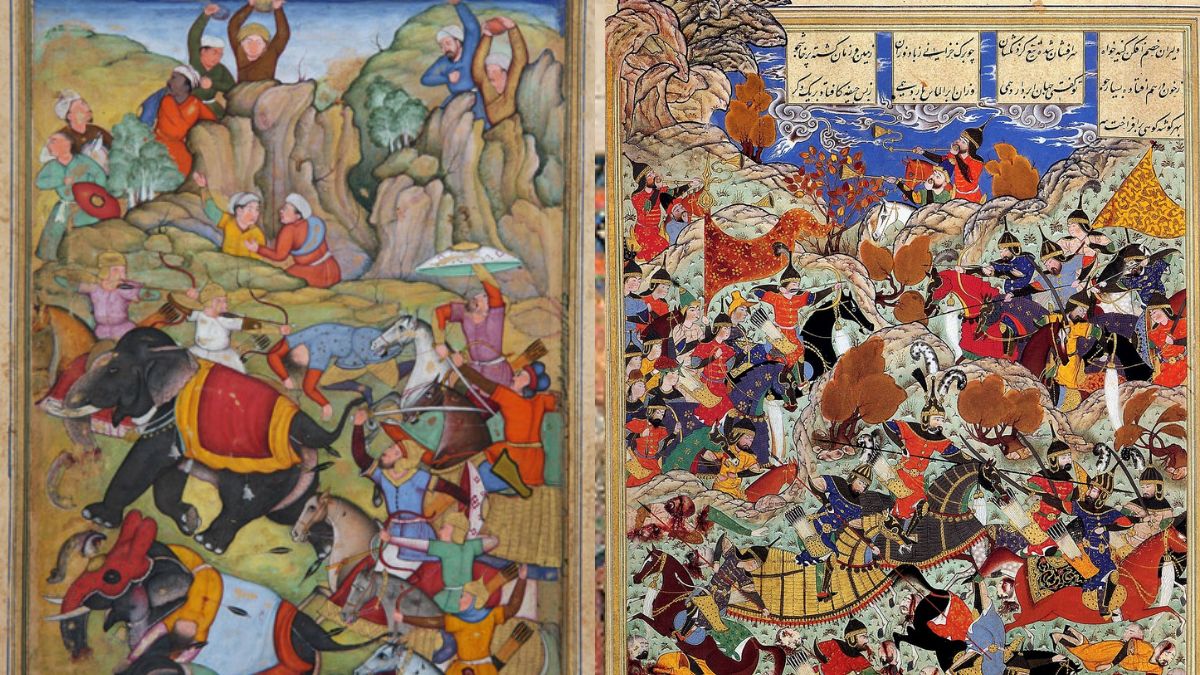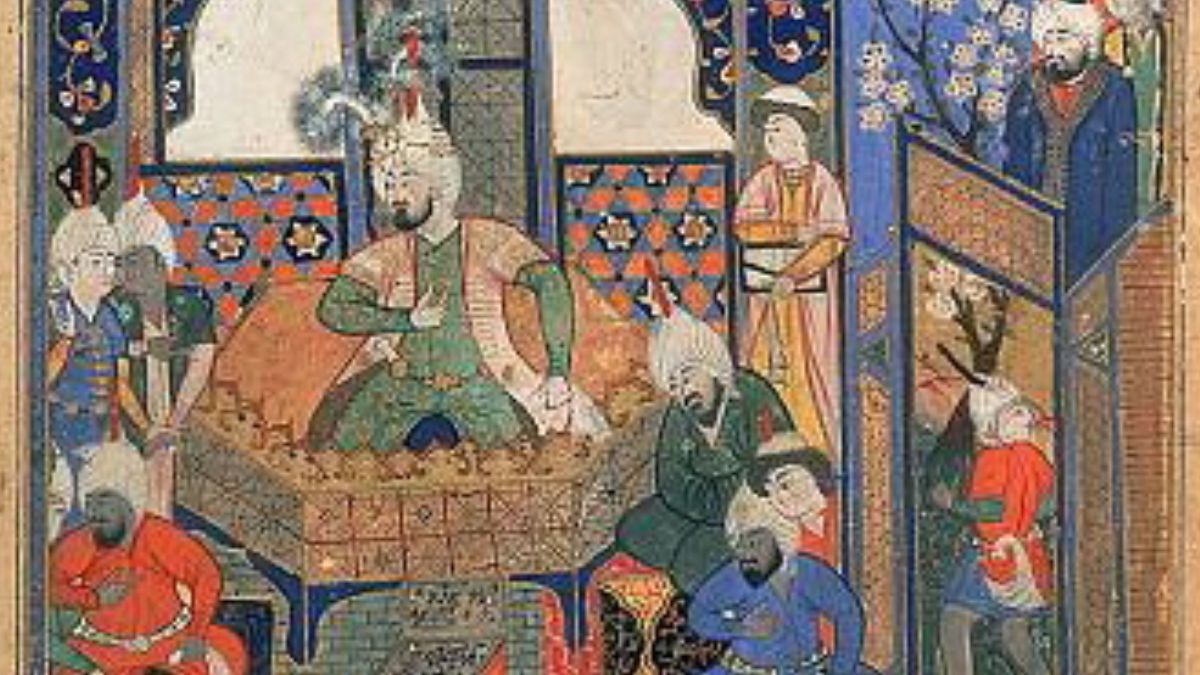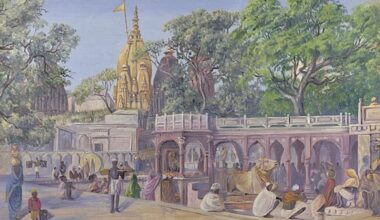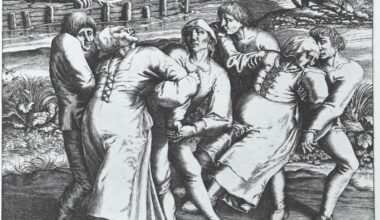The name Tamerlane evokes images of ruthless conquest and unfathomable brutality. In the annals of history, few events are as harrowing as Tamerlane’s siege of Delhi. It’s a gruesome chapter marked by unparalleled violence and destruction. In this article, we delve into the chilling details of how Tamerlane unleashed terror and death upon the inhabitants of Delhi, leaving a trail of devastation in his wake.
Tamerlane’s Invasion of Delhi
In the late 14th century, Tamerlane, also known as Timur the Lame, embarked on a campaign of conquest that would leave a lasting impact on the Indian subcontinent. Having already established himself as a formidable conqueror in Central Asia and the Middle East, Tamerlane set his sights on the wealthy cities of northern India, including Delhi, the capital of the Delhi Sultanate.
Brutal Tactics and Warfare
Tamerlane’s invasion of Delhi was characterized by unparalleled brutality and ruthlessness. Deploying a massive army composed of skilled warriors and battle-hardened soldiers, Tamerlane unleashed a wave of destruction upon the city and its inhabitants. His tactics included siege warfare, scorched-earth tactics, and indiscriminate slaughter of civilians, leaving no one spared from his wrath.

Massacre and Atrocities
The massacre in Delhi orchestrated by Tamerlane was nothing short of a nightmare. As his army stormed the city gates, they unleashed a reign of terror upon the unsuspecting populace. Thousands were slaughtered in the streets, regardless of age, gender, or social status. The city was ransacked, its buildings looted and set ablaze, and its inhabitants subjected to unspeakable horrors.
One of the most infamous atrocities committed by Tamerlane was the massacre at the iconic Qutb Minar, where thousands of innocent civilians were put to the sword, their blood staining the ancient stone steps of the monument. The streets of Delhi ran red with blood as Tamerlane’s forces pillaged and plundered, leaving a scene of devastation and despair in their wake.

Legacy of Destruction
The aftermath of Tamerlane’s siege of Delhi was a landscape of ruin and desolation. The once-great city lay in ruins, its population decimated, and its cultural heritage ravaged beyond recognition. Tamerlane’s conquest left an indelible mark on the history of Delhi, forever altering the course of its destiny and shaping the collective memory of its inhabitants.
Despite the passage of centuries, the memory of Tamerlane’s atrocities in Delhi remains seared into the collective consciousness of the Indian people. His name is synonymous with brutality and savagery, a reminder of the darkest depths of human cruelty and the horrors of war.
Tamerlane’s massacre in Delhi stands as a chilling reminder of the capacity for human depravity and the devastating consequences of unchecked ambition and aggression. The siege of Delhi serves as a cautionary tale, a stark reminder of the horrors of war and the need for vigilance against tyranny and oppression. As we reflect on this dark chapter in history, may we strive to honor the memory of the victims and work towards a future of peace, justice, and reconciliation.










